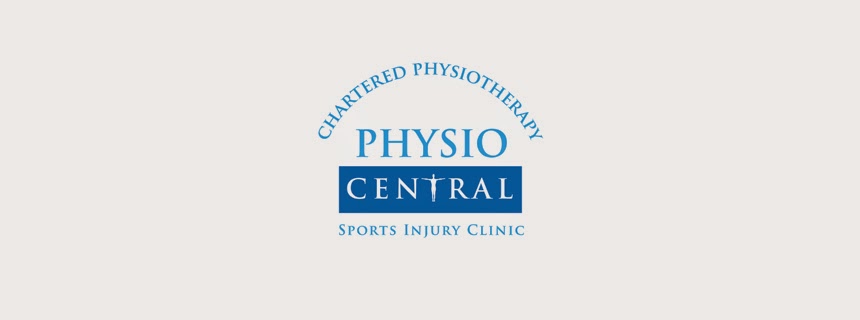Trigger Points and
Foam Rolling: The very basics -
These things can get complicated so here's a quick overview:
These things can get complicated so here's a quick overview:
Every muscle in our body is comprised of millions of fibres.
These fibres are surrounded by a structure called fascia which surrounds the
muscle like a membrane which we can call Myofascia.
Unfortunately this myofascia is prone to developing painful
areas called Trigger Points (TrPs), the so-called knots..
There is a lack of information regarding Trigger Points
and their how they occur. That said there are some commonly agreed basics such as:
1)They are tender areas in tight bands of hardened muscle potentially causing a host of symptoms.
2) Trigger Points always cause pain on compression.
3)They prevents full functioning and lengthening of a muscle, weakens the muscle and often results in local or referred pain areas.
1)They are tender areas in tight bands of hardened muscle potentially causing a host of symptoms.
2) Trigger Points always cause pain on compression.
3)They prevents full functioning and lengthening of a muscle, weakens the muscle and often results in local or referred pain areas.

How did I get them?
They can develop from muscle overuse, direct trauma to the muscle, muscle overload, stress, poor hydration, posture and/or poor movement patterns to name a few.
A visit to your Chartered Physiotherapist will highlight
problem causing Trigger Points and through various techniques the painful
symptoms can then be alleviated. Alternatively, between visits, use of a foam
roller can help deal with these problem areas and possibly prevent there
occurrence through a process of Self Myofascial Release.
Foam Rolling and
Trigger Points:
Now that we know what the painful areas in our muscles are,
how can a foam roller help?
Well what is a Foam
Roller?
They come in many different sizes and materials. The standard
foam roller is cylindrical in shape, 15cm, high density foam and either 45cm or
90 cm in length.
How do I use it?
 Trigger Points can be found by a little self exploration. They
are easy to find when using a foam roller.
Trigger Points can be found by a little self exploration. They
are easy to find when using a foam roller. 1)Using your body-weight against the roller moderate pressure is applied to a specific muscle group.
2)As you move across the roller painful areas will become apparent.
3)On application of pressure to these areas you should stop and relax your muscle as much as possible. Often the experienced pain will begin to dissipate between 10 – 30 seconds.
4) Continue to roll your body against the roller, making slow progress across your targeted muscle group.
(Some areas may be too painful to apply direct pressure, if
so you could work around those areas by shifting your weight and body alignment
on the roller).
5) You should continue to roll as much as tolerable but avoiding any sharp pain.
5) You should continue to roll as much as tolerable but avoiding any sharp pain.
In some body parts a more focal point of pressure is
required, for these areas a small ball e.g. tennis ball may be helpful.
Avoid rolling directly over bony points and joints.
Then What?
After your foam rolling session you may feel a little sore. This
will dissipate also and next session should be more tolerable.
 It is extremely important to stretch after foam rolling. Having broken down adhesions, Trigger
Points etc your muscles are in a prime position to lengthen. It is an optimal
time to stretch and we’re all about doing the minimum to reap the maximum, so
don’t loose this window:o).
It is extremely important to stretch after foam rolling. Having broken down adhesions, Trigger
Points etc your muscles are in a prime position to lengthen. It is an optimal
time to stretch and we’re all about doing the minimum to reap the maximum, so
don’t loose this window:o).
Applying a stretch of 30sec min to the muscle
groups you targeted in your foam rolling session e.g. quads, calves, gltus etc will result in desirable
cellular changes in your muscle fibres and ultimately increase the length of
your tight muscles and reduce pain.
For more information or to order your foam roller give us a
shout at Physio Central
Stay tuned for some videos of some useful foam
roller techniques
Physio Central T:
05793 22720
Adran Surgery, E:
info@physiocentral.ie
Ardan Rd, W:
www.physiocentral.ie
Tullamore,
Co. Offaly



